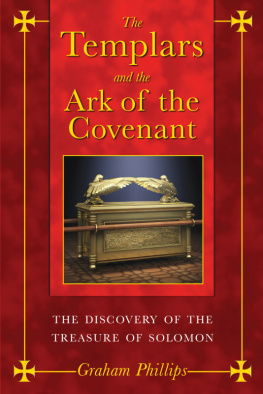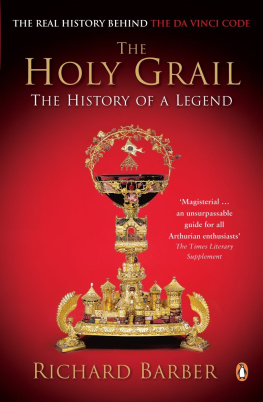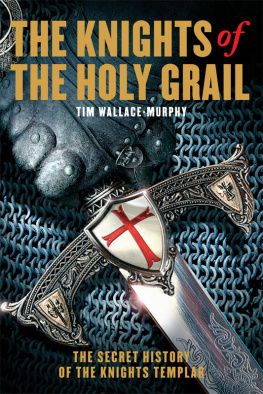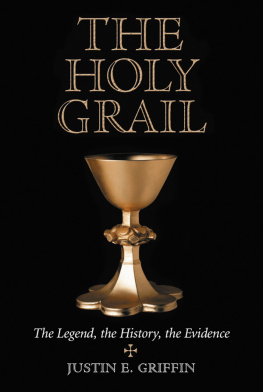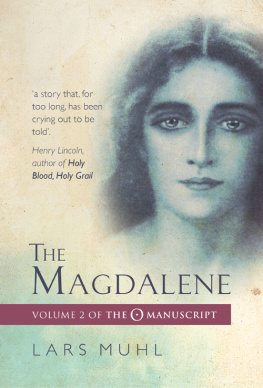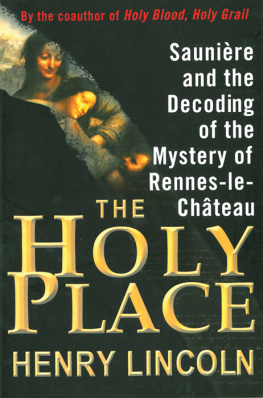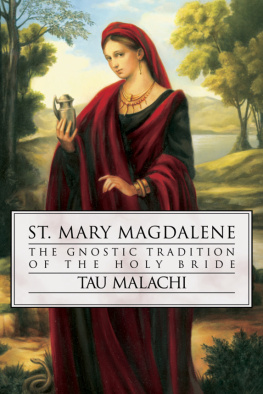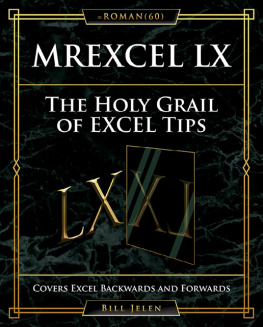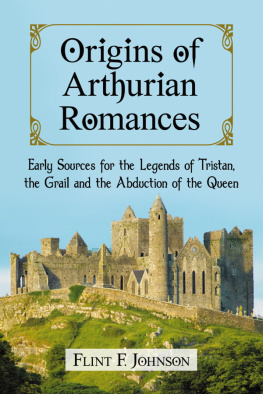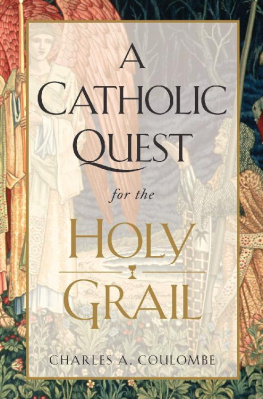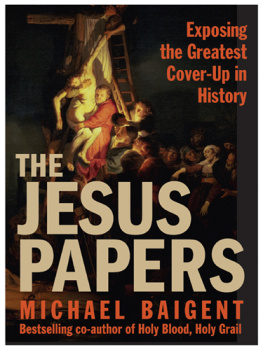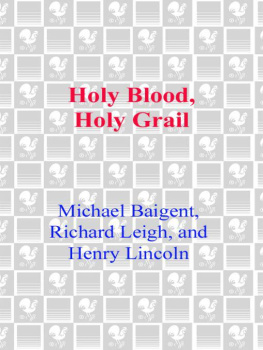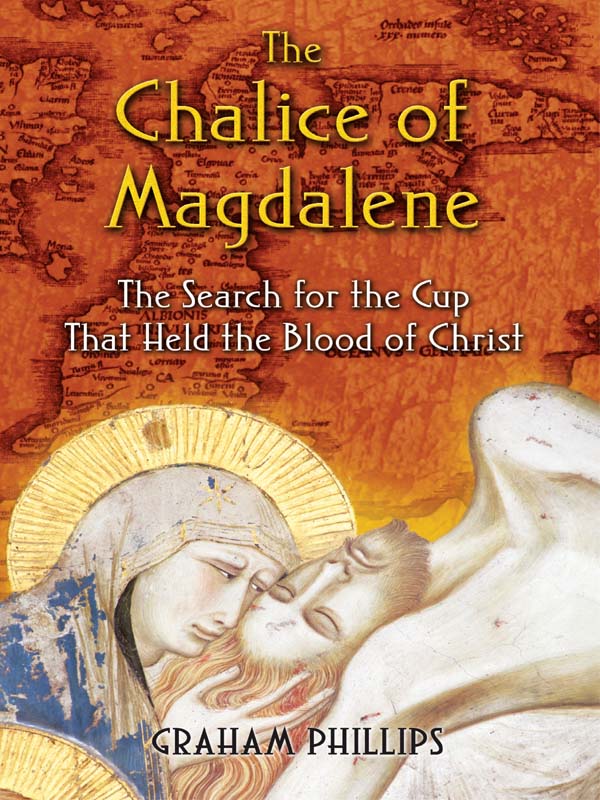Graham Phillips - The Chalice of Magdalene: The Search for the Cup That Held the Blood of Christ
Here you can read online Graham Phillips - The Chalice of Magdalene: The Search for the Cup That Held the Blood of Christ full text of the book (entire story) in english for free. Download pdf and epub, get meaning, cover and reviews about this ebook. year: 2004, publisher: Inner Traditions/Bear & Company, genre: Religion. Description of the work, (preface) as well as reviews are available. Best literature library LitArk.com created for fans of good reading and offers a wide selection of genres:
Romance novel
Science fiction
Adventure
Detective
Science
History
Home and family
Prose
Art
Politics
Computer
Non-fiction
Religion
Business
Children
Humor
Choose a favorite category and find really read worthwhile books. Enjoy immersion in the world of imagination, feel the emotions of the characters or learn something new for yourself, make an fascinating discovery.

- Book:The Chalice of Magdalene: The Search for the Cup That Held the Blood of Christ
- Author:
- Publisher:Inner Traditions/Bear & Company
- Genre:
- Year:2004
- Rating:4 / 5
- Favourites:Add to favourites
- Your mark:
The Chalice of Magdalene: The Search for the Cup That Held the Blood of Christ: summary, description and annotation
We offer to read an annotation, description, summary or preface (depends on what the author of the book "The Chalice of Magdalene: The Search for the Cup That Held the Blood of Christ" wrote himself). If you haven't found the necessary information about the book — write in the comments, we will try to find it.
Traces the journey of the Grail from the Holy Land to Rome and eventually to a ruined chapel in Shropshire, England
Uncovers new evidence identifying the historical King Arthur and his connection to the Holy Grail
The popular Arthurian stories of the Middle Ages depict the Holy Grail as Christs cup from the Last Supper, which was believed to have been endowed with miraculous healing powers and the ability to give eternal life to whoever drank from it. A much earlier tradition, however, claimed the Grail was the vessel used by Mary Magdalene to collect Christs blood when he appeared to her after rising from the tomb. While many vessels were claimed to have been the true Grail, there was only one thought to have been the chalice used by Mary. From Jesus empty tomb, where it remained for almost 400 years, this holy relic known as the Marian Chalice was taken to Rome by the mother of the first Christian emperor, Constantine the Great. It was then smuggled from Rome in 410 A.D., according to the fifth-century historian Olympiodorus, to save it from the barbarians who sacked the city. Well into the Middle Ages legend persisted that it had been taken to safety in Britain, the last outpost of Roman civilization in Western Europe.
This journey to England, and what happened to the Chalice there, is the focus of this book. Graham Phillipss research uncovers the secret legacy of an ancient noble family over generations and a trail of clues hidden in the English countryside that lead to a mysterious grotto, a forgotten attic, and the lost chalice. In tracing the relic, Phillips offers the inside story behind an astonishing adventure that results in the identification of the historical King Arthur and the location of one of the most powerful symbols in Western tradition.
Graham Phillips: author's other books
Who wrote The Chalice of Magdalene: The Search for the Cup That Held the Blood of Christ? Find out the surname, the name of the author of the book and a list of all author's works by series.

